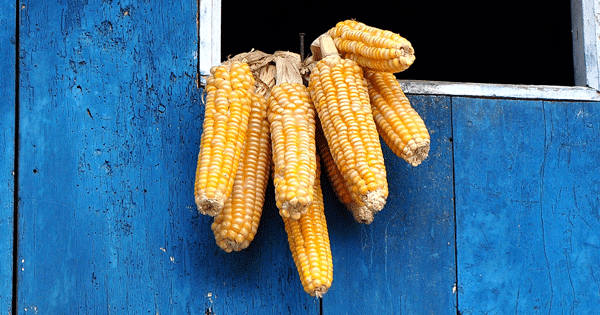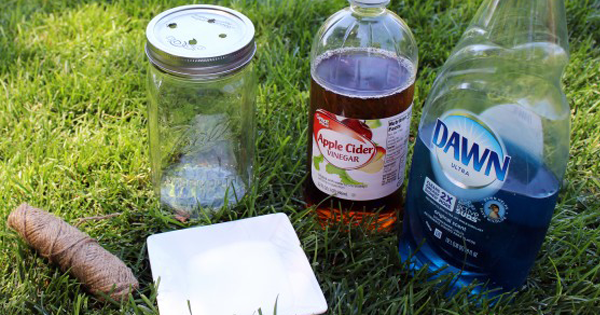Advertisement
High fructose corn syrup has been reviled as one of the worst food additives that everyone should avoid. This sugary additive has been shown to increase one's risk of obesity, type 2 diabetes, metabolic syndrome, and high triglyceride levels--all of which are precursors to heart disease.
Have you ever wondered what food additives could be worse than high fructose corn syrup?
We have the answer for you right here!
You might be surprised to know that some of the competitors for "worst food additive" are also used in products like rocket fuel. Sounds like it's time to recheck the ingredient list on some of your favorite foods, because these are fairly common, too.
1. Titanium Dioxide.
Titanium Dioxide is known for giving a white hue to products like paints, plastics, toothpaste, sunscreen and cosmetics. Manufacturers also add this liquid metal to foods like milk, cheese, marshmallows, yogurt, and mayonnaise to keep foods white. It has no nutritional value, and has no place on your plate. Not to mention, the International Agency for Research on Cancer (IARC) has classified it possible carcinogen in humans, and it has been linked to asthma, emphysema, DNA breakdown, and neurological disorders.
2. Caramel Coloring.
Caramel coloring has been getting a lot of attention lately. When one determined woman set out to find out the contents inside her favorite Pumpkin Spice Latte, she realized that it contained "two doses of level IV carmerl coloring." What does that mean? According to Vani Hari, the blogger who researched the ingredients, “There are four different types (classes) of caramel coloring and two of those types contain the dangerous substance 4-methylimidazole (4-Mel). Starbucks uses Class IV Caramel Color, considered the most harmful type that contains 4-Mel, in many of their drink syrups and sauces. It’s even in their whipped cream!”
3. Yellow Coloring.
Yellow No. 5 and Yellow No. 6 have both been linked to Attention Deficit Disorder (ADD) in children, according to a 2007 study. That didn't stop manufacturers from adding this coloring to kid-friendly foods like mac 'n cheese, crackers, chips, and even soft drinks and juices. Norway and Sweden have banned the use of the coloring in foods, and most of Europe has required manufacturers to add "May have an adverse effect on activity and attention in children," on their label.
4. Bromated Vegetable Oil.
Citrus flavored sodas, like Mountain Dew, contain high levels of bromated vegetable oil (BVO). This chemical is mostly used in flame retardants and rocket fuel that’s been banned in Europe, India and Japan. According to many studies, side effects include neurological impairment, reduced fertility, changes in thyroid hormones and puberty at an earlier age. While Coca-Cola and PepsiCo have agreed to phase out the ingredient in their products, it's still actively used in Dr. Pepper/Seven Up Inc.
5. Butylated Hydroxytoluene/Butylated Hydroxyanisole.
This nasty ingredient might be the worst of them all. In an abundance of studies, Butylated Hydroxytoluene (BHT) and Butylated Hydroxyanisole (BHA) has been found to deplete the neurological system in your brain and to cause cancer—which is precisely why it’s banned in most of Europe, Australia, and Japan. It's found in anything from breakfast cereals, chewing gum, potato chips, and vegetable oils. When not added to foods, this chemical is used for oxidation in fluids (e.g. fuel, oil). Avoid at all costs!
What do you think about these ingredients? Do any of these additives shock you? Let us know what you think in the comments!
Copyright © 2013 kgabhi/Flickr




